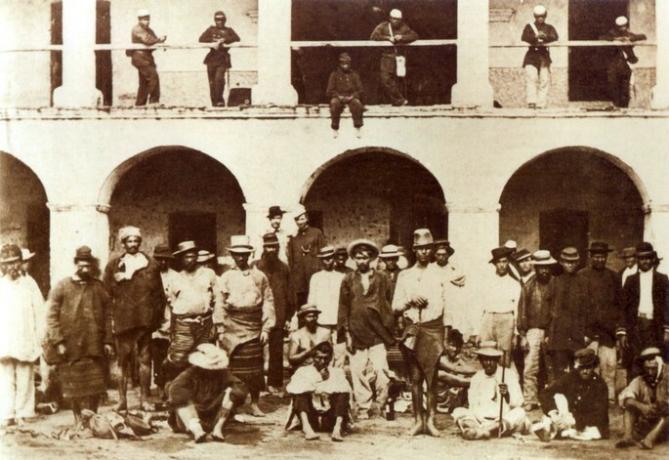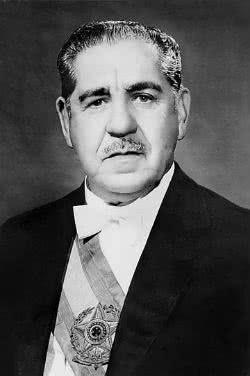There are some moments when we realize that the reconstruction of the past becomes the target of quite heated disputes. In the late 1970s, for example, the dismantling of the military government paved the way for a series of denunciations, texts and works that talked about the repression of leftist militants in that time. In a short time, we observed the construction of a discourse in which the sectors repressed by the regime “controlled” a version about the years of lead.
It was in this context that, in 1986, a group of military personnel began to seek an answer to this "dominant speech" accessing the files of your institution of origin to talk about some episodes of conflict that marked the years between 1964 and 1985. Initially baptized as “Projeto Orvil” (“book” written backwards), the work had the endorsement of Leônidas Pires Gonçalves, at the time minister of the Army of the José Sarney government. But, after all, what would be the relevance of this work for the understanding of the period in question?
In 2000, some excerpts from the work, which account for almost a thousand pages of reports and information were made available in websites and, a few years later, were the target of the production of reports by some journalists who accessed copies. Among other things, the book reports that the participation of university students is placed in second place in relation to high school students, seen as the main protagonists of the turmoil of the time.
Regarding the 1968 UNE Congress, held clandestinely in the city of Ibiuna, the work also presents a report surrounded by some questionable information. At one point, he says that the military found a significant number of drugs and condoms used in the area, he even said that some young women organized themselves on a scale to sexually satisfy the militants there. gifts. In this case, we see the revival of old stigmas reserved for members of leftist groups.
Do not stop now... There's more after the advertising ;)
Reaffirming the need to carry out the coup, the book also makes a point of exploring some details of actions terrorists organized by urban guerrillas that emerged between the late 1960s and the early years of 1970. Exposing the elaboration and victims affected by leftist groups, the military built an argument interested in removing the heroic tone of the regime's opponents by putting into vogue the use of violence in such actions.
Despite this, those who think that the book ends up being just the opposite side of a historical and ideological dispute are mistaken. In that same book, there is valuable information on various military actions that have never before been confirmed by the official communication agencies of the Armed Forces. Among other points, the project that had come to be known as “The Black Book of Terrorism in Brazil” mentions the actions and deaths of some militants who are still reported as missing today.
Perceiving this type of situation, we not only see that the dictatorial period is being the target of a dispute between two sectors that disagree with each other and have different interests in this past. In fact, the emergence of this type of work and the very limitation of some books written by former leftist militants point to the need to open the archives of that time. After all, a nation's past cannot be uprooted from the eyes of its people.
By Rainer Sousa
Master in History
Would you like to reference this text in a school or academic work? Look:
SOUSA, Rainer Gonçalves. "The Secret Book of the Military Dictatorship"; Brazil School. Available in: https://brasilescola.uol.com.br/historiab/o-livro-secreto-ditadura-militar.htm. Accessed on June 27, 2021.
history of Brazil

Click on this link from Brasil Escola and have access to some information regarding Artur Costa e Silva, second president of the Military Dictatorship. During Costa e Silva's government, the foundations were laid that allowed for the “economic miracle” and, also, began the period of greatest repression of the Dictatorship.



